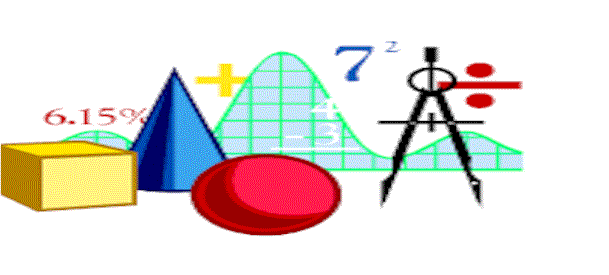
Example Brick setq 029

|
Example Brick setq 029
|
Create a new Brick, named X, and give it 5 rows each containing three fields.
The name field contains 2 repeats, the age field contains 2 repeats, the address field contains 2 repeats. The brick X will look like this table: Notes and Hints The brick X will now look like this table:
row1name1 row1name2 row1age1 row1age2 row1address1 row1address2
row2name1 row2name2 row2age1 row2age2 row2address1 row2address2
row3name1 row3name2 row3age1 row3age2 row3address1 row3address2
Returns:
Returns:
Returns:
Returns:
Returns:
Anna row1name1 row1age1 row1age2 California row1address2
Beth row2name2 18 row2age2 row2address1 row2address2
row3name1 row3name2 row3age1 row3age2 row3address1 row3address2
Here are examples of the setq function at work.
Here is the link to the current function used in this example.
Here are a number of links to other related functions.
| ref(#void) |
Here are the links to the data types of the arguments used in this example. Here are a number of links to examples having similar argument types.
Brick

|
Analytic Information Server (AIS)AIS Component Systems
|